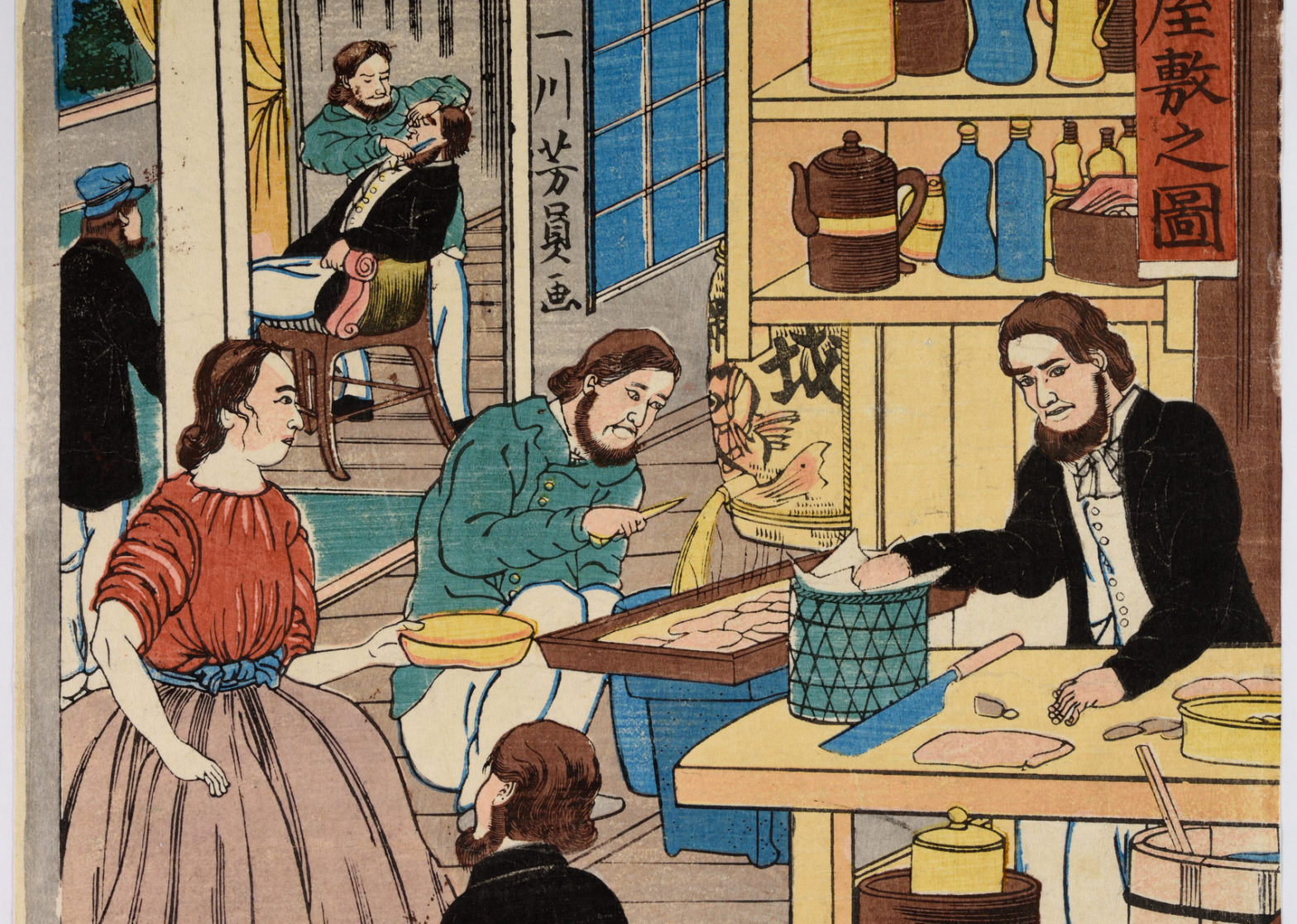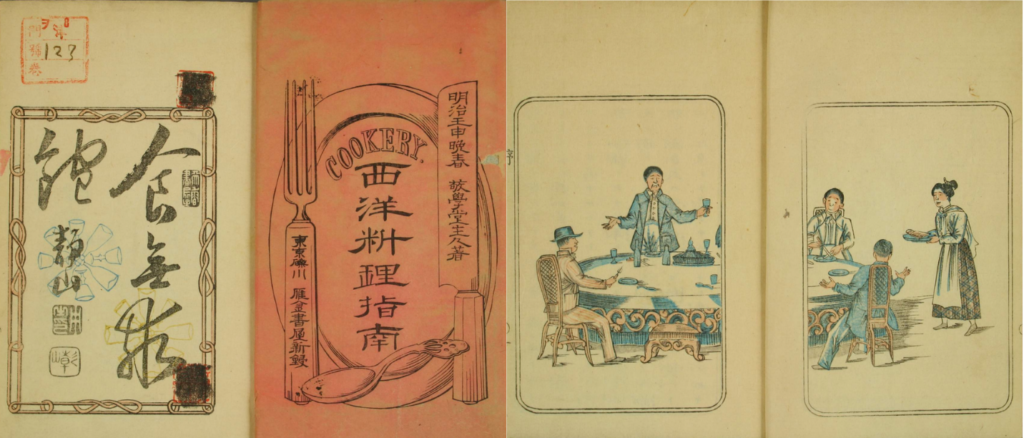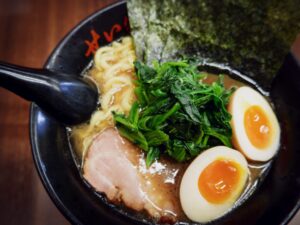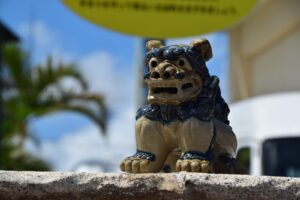Why Japanese Curry is so Popular in Japan: Its Unique Origins

When people think of Japanese food, many of us typically imagine sushi, soba, ramen, and yakitori. However, the fact is that Japan is actually the world’s second largest curry-loving country —of course, India is number one, based on the annual consumption of curry powder in the world. In Japanese, curry is called karē raisu, which means curry over rice.
According to a survey by S&B FOODS, a Japanese company that produces and sells curry and spices, the average Japanese individual eats more than 80 servings of curry per year, or roughly once a week. There are many specialty curry restaurants in Japan, and curry is also very frequently prepared at home.
Colonization & Globalization: India to the UK to Japan
In 1772, British East India Company’s governor of Bengal, Warren Hastings brought back to the UK a powdered mixture of spices and rice which are typically used in Indian cooking. Then a British food production company Crosse & Blackwell, known as C&B, sold the spice mixture for household use under the name Curry Powder. The exact year of its release is unknown, but it seems it was widely distributed in the UK in the early 19th century.
During the Meiji era (1868-1912) in Japan, American and European cultures were aggressively adopted through globalization, and curry was introduced from England. At that time, a cookbook was published called Seiyō ryōri shinan – Western Cooking Guide, in which the curry recipe was introduced. This recipe recommended frogs and green onions as ingredients in the dish which is quite different from today’s Japanese recipe. Later, with the release of cheap domestic curry powder, the recipe was changed to use onions, potatoes, and carrots, which are the standard ingredients for Japanese curry today. Japanese curry, born in India and raised in England, has evolved further in its unique way. Just like Chicken Tikka Masala, which is said to have been born in an Indian restaurant in England, many curries were born in Indian restaurants in Japan.
The Five States of Curry in Japan
There are five major curry cities in Japan, which are Tokyo, Kanagawa, Nagoya, Osaka, and Sapporo. But there are countless other famous curry restaurants scattered throughout the country. Some of those restaurants are owned by Southeast Asians, not only run just run by the Japanese.
Since curry was introduced from the UK as a Western cuisine, the restaurants seem to have a slightly fashionable image that appears in well-known Japanese novels. There are many gourmet curry connoisseurs among magazine editors, designers, and other creative professionals who feature curry on their media which cultivated the Japanese curry culture as well.

4 Iconic Curry Styles
Japanese curry can be divided into four main categories. European curry, which is made from curry powder imported from England. It can also mean curry inspired by the influence of European cuisines. Indian curry or Yakuzen curry – this is a Chinese herbal medicine inspired curry. It is made by blending a variety of spices. There is also a combination of Indian & European curry dishes. And lastly, curry uniquely transformed in Japan which includes curry with pork cutlets, curry udon, curry bread, and Sapporo’s famous soup curry.
Due to the pandemic, people are refraining from going out and staying at home, while bringing homemade curry into the spotlight. There is a boom in curry varieties, everything from quick & easy recipes to super authentic Indian spiced curry making. Japan may become more and more of a curry-loving country influenced by this phenomenon.







 Instagram
Instagram